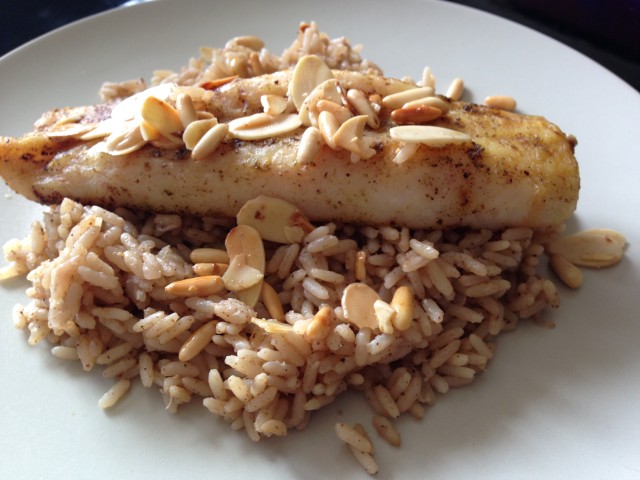Mloukhieh is a very popular dish in our region i.e. the Middle East.It is pronounced in more than one way depending on the area you are from. As per Wikipedia, below is the description and some interesting facts about it.
Mulukhiyah, mloukhiya, molokhia, molohiya, mulukhiyya, malukhiyah, or moroheiya (Arabic: ملوخية) is the leaves of Corchorus species (Jute leaves) used as a vegetable. It is a popular Middle Eastern and North Africancountries. Mulukhiyyah is rather bitter, and when boiled, the resulting liquid is a thick, highly mucilaginous broth; it is often described as “slimy,” rather like cooked okra. Mulukhiyyah is generally eaten cooked, not raw, and is most frequently turned into a kind of soup or stew, typically bearing the same name as the vegetable in the local language.
The leaves are rich in betacarotene, iron, calcium, Vitamin C and more than 32 vitamins, minerals and trace elements. The plant has a potent antioxidant activity with a significant α-tocopherol equivalent Vitamin E.

Preparation: The Syrian/Lebanese version of this dish is different in texture and preparation. The mulukhiya leaves are picked off the stem, often communally with the women sitting with vast amounts of tall stemmed branches and picking it, placing the leaves on a large sheet (cloth material)left to completely dry for later use. STORAGE The leaves can be later packed dry, some southern Lebanese traditions often freeze the packaged leaves for the season and can be used throughout the year. COOKING The leaves are then fried with coriander, garlic and often RED/GREEN chilly peppers or capsicum, accompanied often with some sort of cucumber pickles. This cooking process prevents them from becoming slimy. It is then boiled with meat, such as large boneless chicken chunks or beef and lamb (with bone). Served on white rice with diced onion and brown vinegar and toasted Arabic bread.





